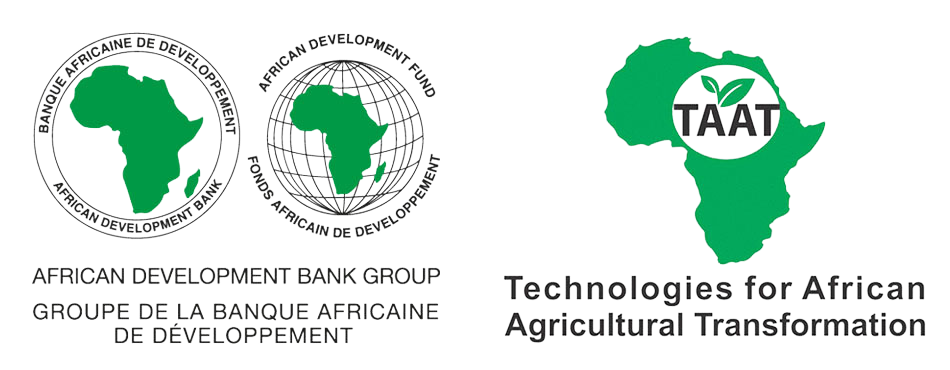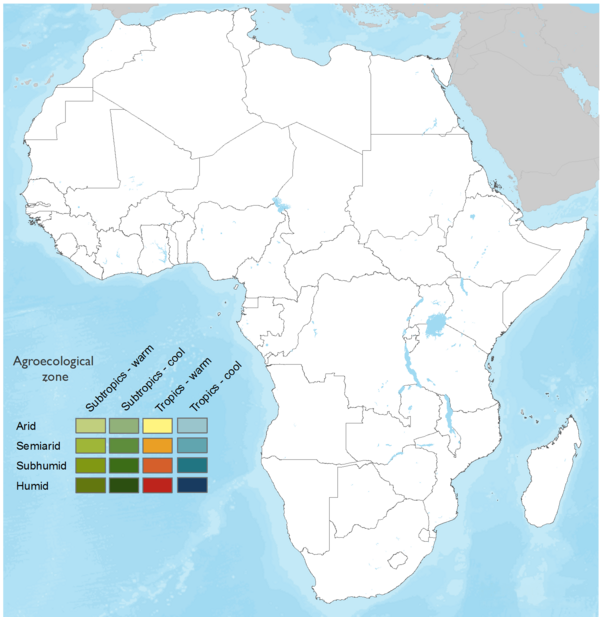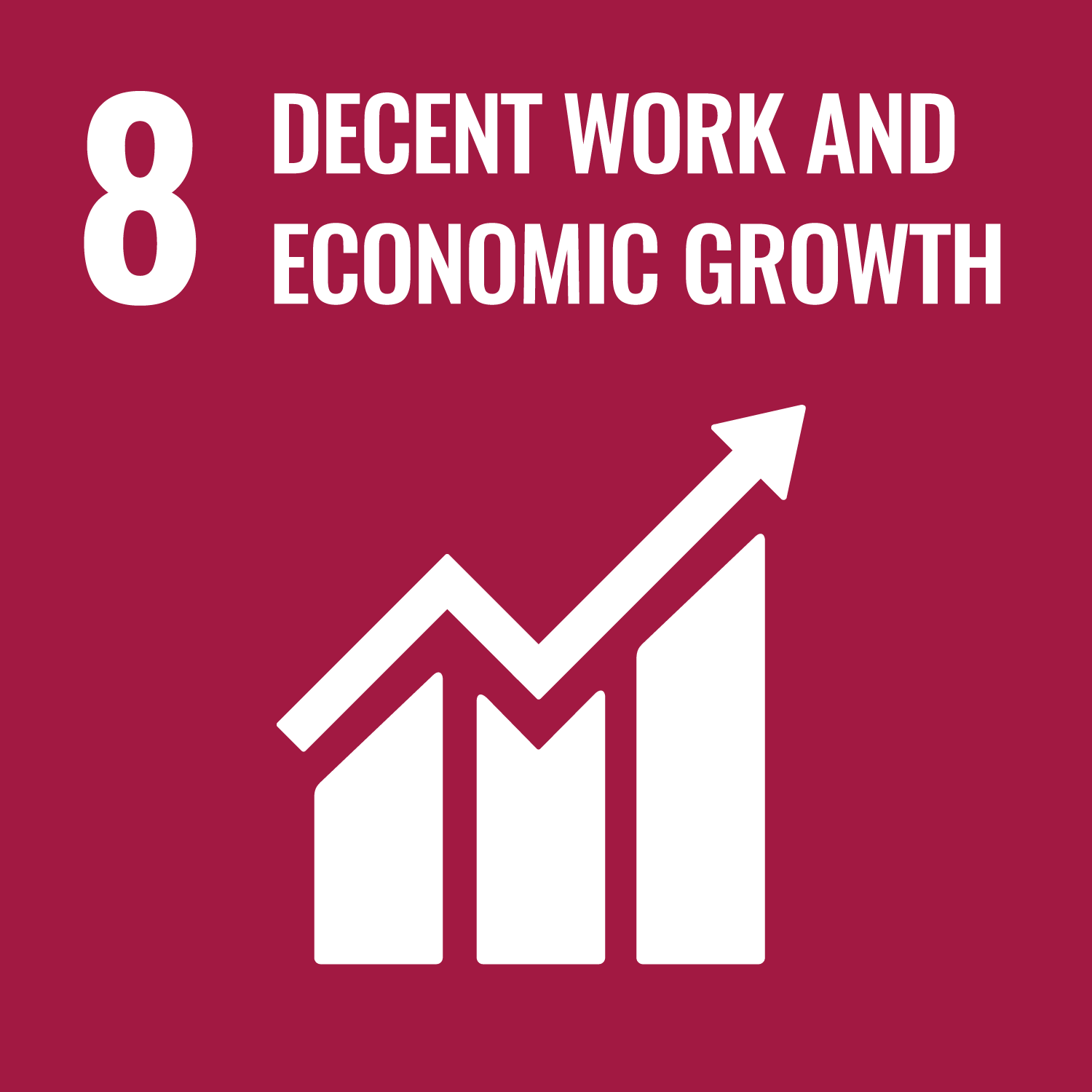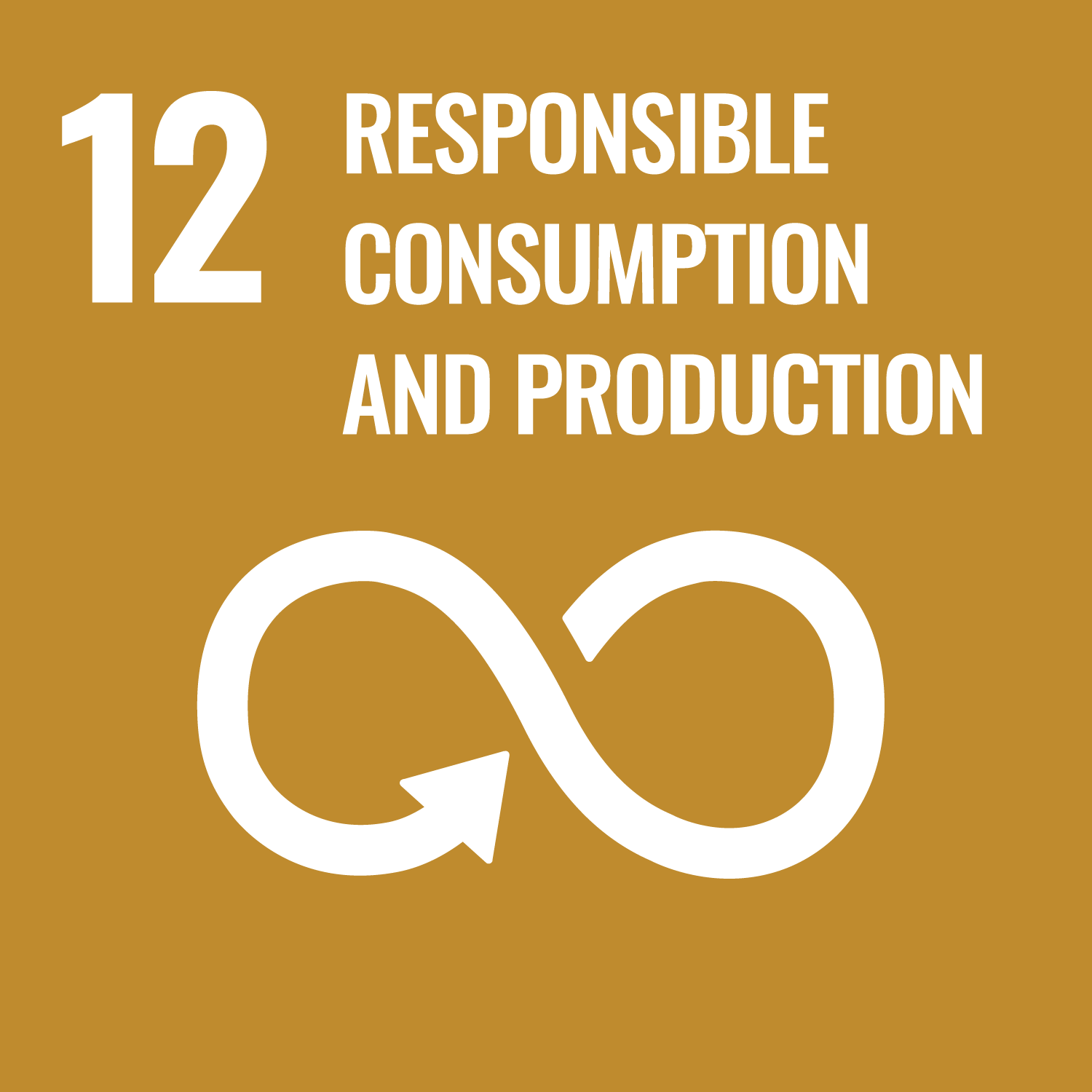

Weed Management for Optimal Yield
This technology helps farmers grow beans more effectively by dealing with the problem of weeds. Weeds can take away important nutrients and sunlight from the bean plants, making them weaker and giving less harvest. This technology offers two main solutions: using special chemicals or machines to get rid of the weeds. These methods are much faster and easier than doing it by hand. It's like giving the beans a better environment to grow in, so they can be healthier and give more beans for the farmers. This is especially helpful for small-scale farmers who may not have a lot of people to help with the hard work. Overall, this technology makes bean farming more efficient and helps farmers get better harvests.
This technology is TAAT1 validated.
Pre-emergent herbicide and labor/Ha
Equipment and labor
Net profit per Ha from implementing the technology in Ethiopia
Open source / open access
Utilizing this technology enhances agricultural productivity, improves weed management efficiency, reduces labor and costs, bolsters food security, and stimulates economic growth in farming communities. It also advances sustainable practices, facilitates job creation, and enhances farmers' livelihoods.
Consider the following cost structure:
Pre-emergence herbicides and labor cost approximately US $27 per hectare.
Mechanical weeders range between US $250 and $500, depending on type and attachments.
Cost breakdown for single-row motorized weeders: Equipment is about US $7 per hectare, while labor is approximately US $39 per hectare, totaling US $46 per hectare.
There is potential for cost reduction with larger, multiple-row weeders.
Maintenance is required for knapsack sprayers and power weeders.
Training is essential for successful implementation. Additionally, include delivery costs to the project site and account for import clearance and duties if applicable, considering the technology's availability in various countries. Key partners such as agro dealers are necessary.
Estimate the profit realized with this practice, noting that in Ethiopia, implementing weed management strategies yields a net profit of US $743 per hectare, a 35% increase compared to conventional hand management.
Adults 18 and over: Positive high
The poor: Positive low
Under 18: Positive low
Women: Positive low
Climate adaptability: Moderately adaptable
Farmer climate change readiness: Significant improvement
Biodiversity: No impact on biodiversity
Carbon footprint: Same amount of carbon released
Environmental health: Does not improve environmental health
Soil quality: Improves soil health and fertility
Water use: Same amount of water used
Scaling Readiness describes how complete a technology’s development is and its ability to be scaled. It produces a score that measures a technology’s readiness along two axes: the level of maturity of the idea itself, and the level to which the technology has been used so far.
Each axis goes from 0 to 9 where 9 is the “ready-to-scale” status. For each technology profile in the e-catalogs we have documented the scaling readiness status from evidence given by the technology providers. The e-catalogs only showcase technologies for which the scaling readiness score is at least 8 for maturity of the idea and 7 for the level of use.
The graph below represents visually the scaling readiness status for this technology, you can see the label of each level by hovering your mouse cursor on the number.
Read more about scaling readiness ›
Semi-controlled environment: prototype
Used by some intended users, in the real world
| Maturity of the idea | Level of use | |||||||||
| 9 | ||||||||||
| 8 | ||||||||||
| 7 | ||||||||||
| 6 | ||||||||||
| 5 | ||||||||||
| 4 | ||||||||||
| 3 | ||||||||||
| 2 | ||||||||||
| 1 | ||||||||||
| 1 | 2 | 3 | 4 | 5 | 6 | 7 | 8 | 9 | ||
| Country | Testing ongoing | Tested | Adopted |
|---|---|---|---|
| Benin | –No ongoing testing | –Not tested | Adopted |
| Burundi | –No ongoing testing | –Not tested | Adopted |
| Cameroon | –No ongoing testing | –Not tested | Adopted |
| Central African Republic | –No ongoing testing | –Not tested | Adopted |
| Côte d’Ivoire | –No ongoing testing | –Not tested | Adopted |
| Democratic Republic of the Congo | –No ongoing testing | –Not tested | Adopted |
| Ghana | –No ongoing testing | –Not tested | Adopted |
| Kenya | –No ongoing testing | –Not tested | Adopted |
| Madagascar | –No ongoing testing | –Not tested | Adopted |
| Malawi | –No ongoing testing | –Not tested | Adopted |
| Mozambique | –No ongoing testing | –Not tested | Adopted |
| Nigeria | –No ongoing testing | –Not tested | Adopted |
| Rwanda | –No ongoing testing | –Not tested | Adopted |
| Senegal | –No ongoing testing | –Not tested | Adopted |
| South Sudan | –No ongoing testing | –Not tested | Adopted |
| Tanzania | –No ongoing testing | –Not tested | Adopted |
| Zambia | –No ongoing testing | –Not tested | Adopted |
| Zimbabwe | –No ongoing testing | –Not tested | Adopted |
This technology can be used in the colored agro-ecological zones. Any zones shown in white are not suitable for this technology.















| AEZ | Subtropic - warm | Subtropic - cool | Tropic - warm | Tropic - cool |
|---|---|---|---|---|
| Arid | – | – | ||
| Semiarid | ||||
| Subhumid | ||||
| Humid |
Source: HarvestChoice/IFPRI 2009
The United Nations Sustainable Development Goals that are applicable to this technology.







This technology works by getting rid of the weeds that can harm bean plants. There are two ways it does this:
Chemical Method:
Mechanical Method:
Last updated on 28 November 2025